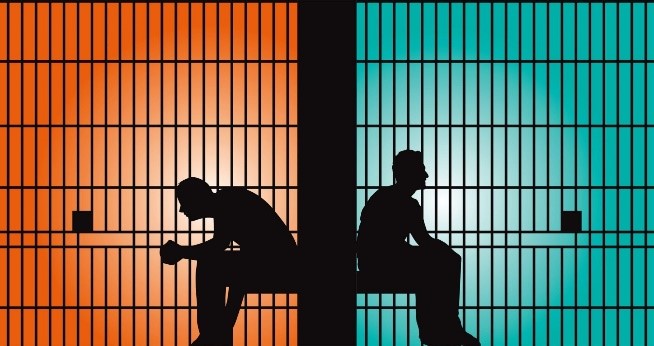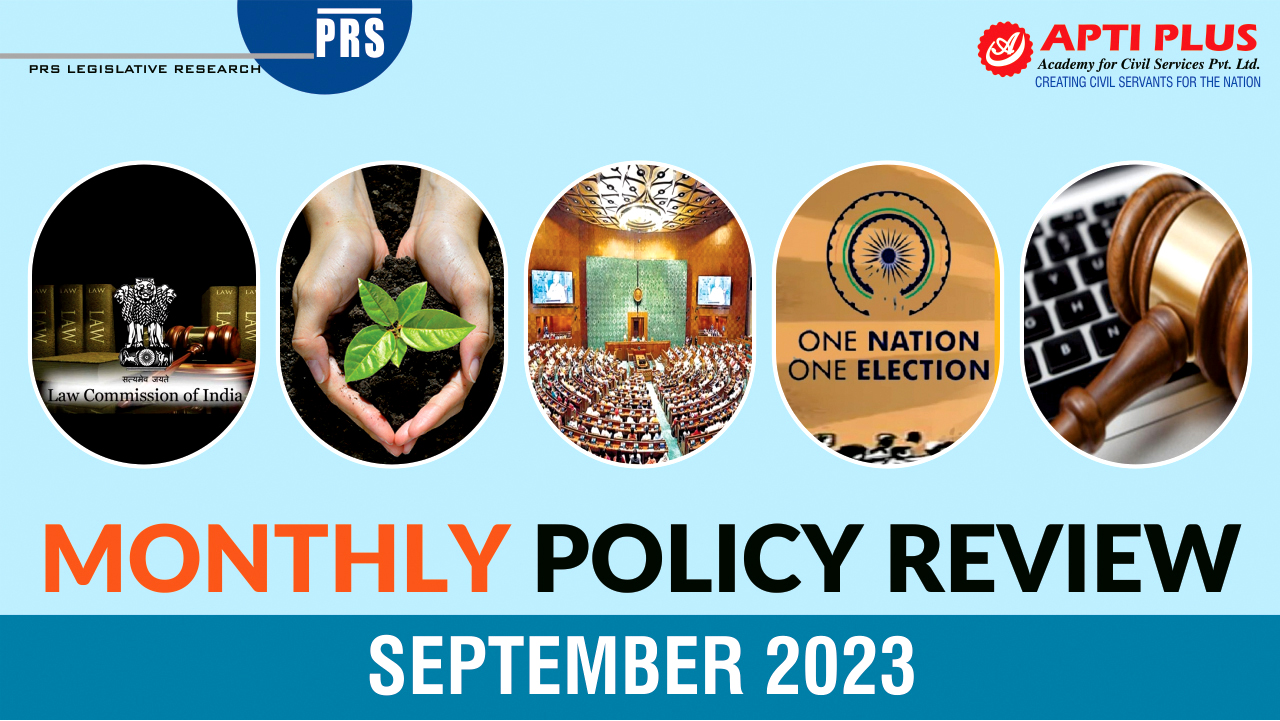“PRISONER’S DILEMMA”

Disclaimer: Copyright infringement not intended.
Context
- Giving his keynote address at the Goa Maritime Conclave, Defence Minister Rajnath Singh referred to the concept of the “Prisoner’s Dilemma”
The Prisoner's Dilemma captured the essence of the tension between doing what is good for the individual and what is good for everyone.
– ROBERT AXELROD
What is Prisoner’s Dilemma?
- Prisoner’s Dilemma refers to one of the most popular “games” in Game Theory.
- Game Theory is a branch of science that helps understand how people/entities behave under different circumstances. By simulating a game, Game Theoryalso shows how to achieve the best outcome.
- Basically, game theory is the mathematical analysis of strategic interactions between rivals.
- For instance, it may appear straightforward that a person or a country must always do what appears to provide them with the best pay-off. However, real life is complex and filled with uncertainty. Moreover, the final outcome depends on the actions of other people/countries as well. To be sure, the final outcome could change if the other party/parties act in conflict.
- Prisoner’s Dilemma was invented in 1950 by two scientists at the RAND Corporation.
Understanding using an example
- Suppose two people — A and B — are brought in for questioning about a crime.
- However, the evidence with the police is circumstantial and the best that they can hope to achieve is to put both A and B in jail for a year each.
- Unless, of course, they get more credible evidence. One way to do this is to get the prisoners to rat out each other.
- So the police officer puts both A and B in separate rooms and provides both of them with a simple choice: If one prisoner says the other is involved in the crime, he can go scot-free while the other will be given a 15-year jail term.
- Of course, if neither prisoner confesses, they both will only get one year’s jail time.
- What if both confess? In that case, their jail times will be 10 years each. The pay-offs for each prisoner in this “game” can be summarised in the matrix below:

- Simply put, the prisoner’s dilemma is whether to confess or stay silent.
What should the prisoners do, then?
- On the face of it, staying silent appears like the right course of action. If both prisoners stay silent, they get away with the best pay-off — that is, just serving one year in prison.
- But can either of them be sure that while they stay silent, the other will not rat them out? The fact is that if either of the prisoners stays silent, they run the risk of facing the maximum prison time (15 years).
- However, if both confess, they condemn each other to 10 years of jail time.
- If one cannot be sure of the other prisoner’s behaviour, then — and this is the paradox — confessing is the way forward.
- The best outcome, of course, lies in cooperation. If both prisoners cooperate, they can achieve the best outcome and get away with just a year in prison.
Application of Prisoner’s Dilemma
- This dilemma (and its answers) has many real-life applications both in international law as well as in business.
- For instance, should two companies selling the same product — say ice creams — keep undercutting each other by reducing the price in order to corner the market share? Could repeated use of this strategy lead them to reduce prices to such a level that it becomes economically unviable to stay in business? Would it not be better for them to agree on a floor price so that they can both earn healthy enough profits?
- Similarly, should countries set some ground rules in geopolitics to ensure they don’t enter an arms race that will eventually prove ruinous for their own economies and people?
|
PRACTICE QUESTION Q. What do you understand by the concept of “Prisoner’s Dilemma”? Describe. Shed light on the real-life applications of “Prisoner’s Dilemma” in international law and business. |





1.png)
